Litecoin's decentralized transaction system, driven by miners, offers a unique approach to banking. Transaction fees, determined by market demand, can be optimized by users through strategic fee management and understanding network congestion. Speed and cost are influenced by factors like block size and network usage, with the Lightning Network promising revolutionary microtransactions off-chain. To enhance Litecoin experience, users should choose efficient networks, utilize hardware wallets, and stay informed about peak activity times for faster, cost-effective transactions.
“Looking to optimize your Litecoin transactions? Discover tips and tricks to lower fees and speed up confirmations in this comprehensive guide. We’ll break down everything from understanding Litecoin transaction fees to exploring the Lightning Network, a game-changer for fast, low-cost transfers. Learn best practices from a user’s perspective to ensure seamless, cost-effective litecoin sends.”
- Understanding Litecoin Transaction Fees: A Comprehensive Overview
- Factors Affecting Litecoin Transaction Speed and Costs
- Tips to Optimize Litecoin Send for Faster Confirmations
- Exploring Lightning Network: A Game-Changer for Litecoin Transactions
- Best Practices for Low-Fee Litecoin Transfers: User Experience Perspective
Understanding Litecoin Transaction Fees: A Comprehensive Overview
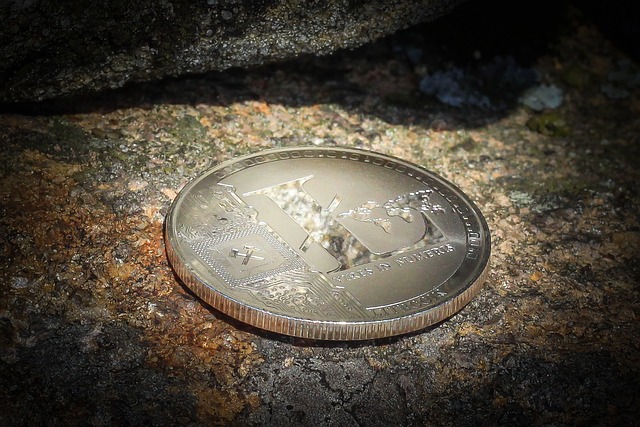
Litecoin, like any cryptocurrency, relies on a network of users who validate and secure transactions through a process called mining. This mechanism differs from traditional banking systems where fees are set by financial institutions. In the case of Litecoin, transaction fees are determined by market forces; they vary based on network demand and can fluctuate during periods of high activity.
Understanding these fees is crucial for optimizing Litecoin transactions. The fee is typically a small amount paid to miners in return for processing your transaction faster. Faster confirmation times usually come at a cost—the higher the network congestion, the more you might pay. Users can adjust their settings to prioritize speed or affordability, influencing the fee offered for each transaction. This dynamic nature of fees requires users to be proactive in managing their transactions efficiently, especially when sending or receiving significant amounts of Litecoin.
Factors Affecting Litecoin Transaction Speed and Costs
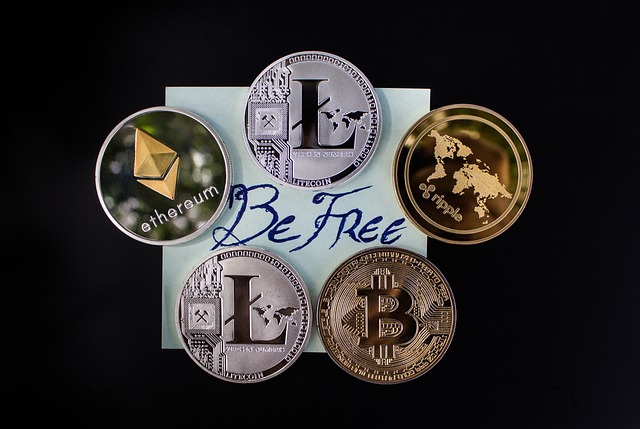
Several factors influence the speed at which your Litecoin transactions are confirmed and the associated costs. Firstly, transaction volume plays a significant role; during peak hours, the network can experience slower confirmation times due to higher demand. Secondly, the complexity of the block being added to the blockchain affects transaction speed; more complex blocks may take longer to verify.
Additionally, the size of your Litecoin transaction in terms of satoshis (the smallest unit of Litecoin) directly impacts fees. Larger transactions typically incur higher fees because they require more computational power and space on the blockchain. Furthermore, the choice of wallet and payment method can influence costs; some wallets or payment channels may offer more efficient processing with lower fee structures.
Tips to Optimize Litecoin Send for Faster Confirmations
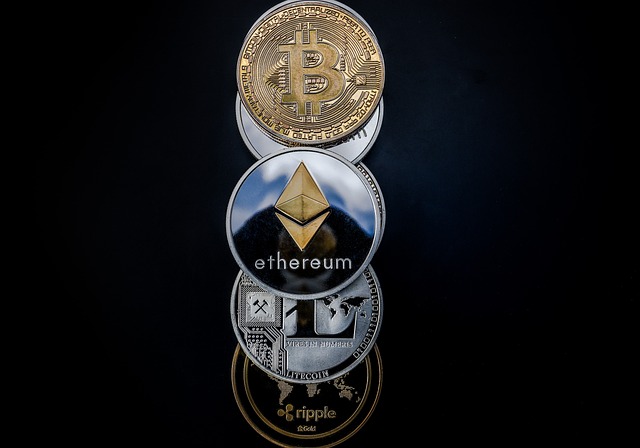
To optimize Litecoin transactions and ensure faster confirmations, users can employ several strategies. One effective tip is to choose the right block chain. Opting for a less congested chain can significantly speed up the process as transactions are processed more quickly. Additionally, prioritizing smaller fees over faster confirmations can be beneficial; while higher fees may secure quicker processing, lower fees can still result in timely confirmations on less busy chains.
Another important consideration is using the Lightning Network, a layer-2 solution designed to enhance transaction speed and reduce costs. By routing transactions off the main Litecoin blockchain, users can experience near-instant settlements for a fraction of the regular fee. This technology is particularly useful for frequent users looking to optimize both time and cost for their Litecoin sends.
Exploring Lightning Network: A Game-Changer for Litecoin Transactions
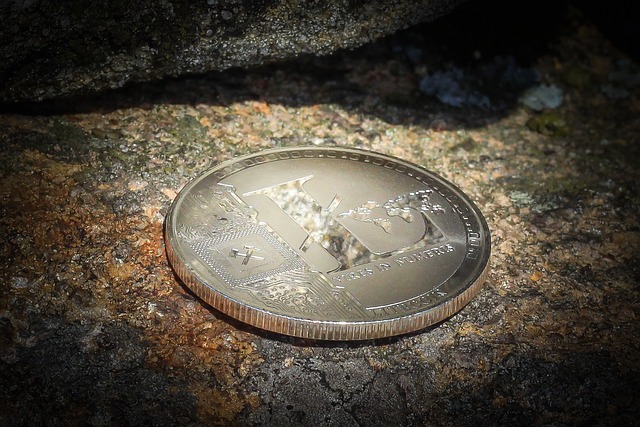
The Lightning Network is a groundbreaking technology that has the potential to revolutionize Litecoin transactions, offering a game-changing solution for faster and more cost-effective transfers. This decentralized network enables off-chain transactions, allowing users to exchange Litecoins without directly interacting with the main blockchain. By utilizing smart contracts, the Lightning Network facilitates instant and nearly free microtransactions, significantly improving the scalability of Litecoin.
One of its key advantages is the ability to create channels for peer-to-peer exchanges, ensuring that only the agreed-upon amounts are settled on the blockchain. This approach reduces network congestion and transaction fees, making it particularly beneficial for small-value payments and everyday microtransactions. As a result, users can enjoy faster confirmation times and lower fees, enhancing the overall user experience of Litecoin in both online and offline scenarios.
Best Practices for Low-Fee Litecoin Transfers: User Experience Perspective
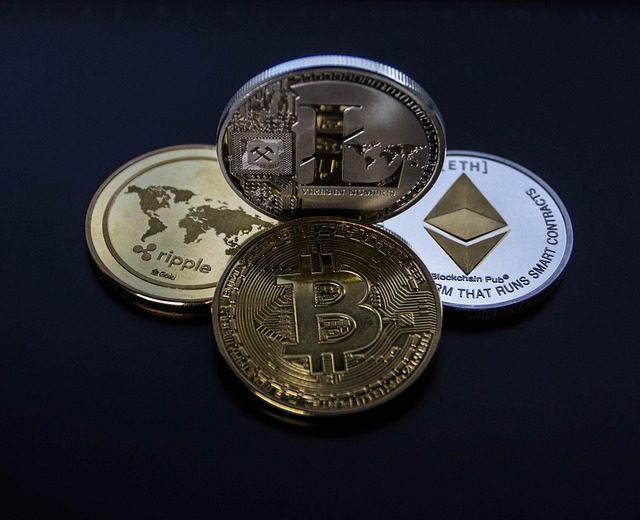
When it comes to low-fee Litecoin transfers, prioritizing a seamless user experience is key. Users should opt for transactions that clear quickly and cost effectively, ensuring their funds reach their destination promptly. This means choosing block sizes large enough to accommodate your transfer while keeping fees minimal. Lightning Network, when available, offers an excellent solution for fast, fee-efficient Litecoin transactions.
Best practices also involve understanding the impact of transaction priorities. During peak network activity, users might need to adjust their expectations for confirmation times. Additionally, utilizing hardware wallets can enhance security and speed up confirmations by offloading private keys, providing a more efficient user experience overall.
Litecoin, known for its faster transaction times and lower fees compared to Bitcoin, offers a seamless experience for users. By understanding the factors influencing transaction speed and costs, optimizing send processes, and exploring innovative solutions like the Lightning Network, users can ensure swift confirmations and cost-efficient litecoin transfers. Adopting best practices shared in this article equips individuals with the knowledge to navigate the litecoin ecosystem efficiently, making their transactions smoother and more affordable.
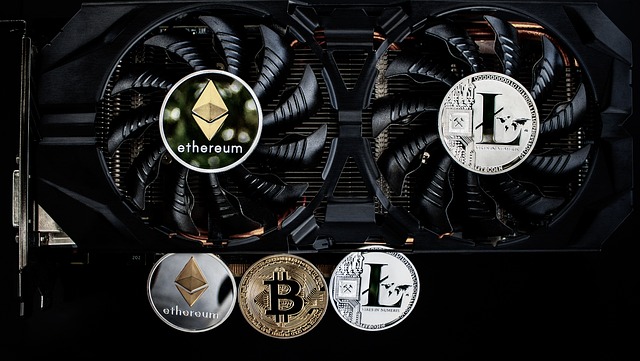






Leave a Reply